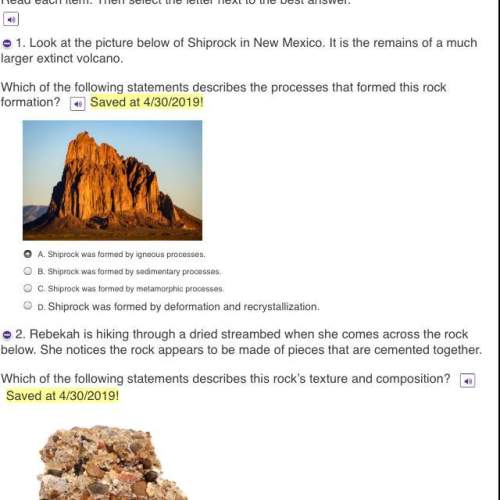
Nature is messy. science is tentative. as long as these truths remain relevant to biological research, scientific names will continue to be revised. -r. aidan martin what does this quotation suggest about how a classification system needs to function to support modern science? (2 points) it needs to provide a strictly limited system to reduce confusion and disarray. it must be flexible enough to adapt to new discoveries and still provide a meaningful framework. it needs to loosely group similar organisms until all organisms are fully studied. it must have enough categories to accommodate all future discoveries while retaining its original structure. while snorkeling in the ocean you find large, leafy organisms that are brownish in color growing in large masses. you are unsure whether they are protists since they look quite plant-like. if they are actually protists, what characteristic will the organism's cells exhibit? (2 points) each of the cells in the organism will have its own nucleus. the cells will form a colony with separate groups of cells doing various jobs. the cells will form a colony without differentiating into separate tissues. most of the cells in the organism will have cilia or flagella. which of the following is not a characteristic of fungus-like protists? (2 points) asexual reproduction cell walls autotrophic produce spores

Answers: 1


Another question on Biology

Biology, 22.06.2019 03:30
Rease is an enzyme used by plants to break down urea (a nitrogen-containing compound) into carbon dioxide and ammonia. urease urea > > > carbon dioxide and ammonia ammonia is broken down by plants into a nitrogen source plants need to grow. thus, plants could not use urea as a nitrogen source unless it was first converted to ammonia. in soybean plants there are two different kinds of urease, one produced in the seeds and the other produced in the leaves of the plant. three types of soybean plants were used in a set of experiments: normal soybeans and two mutant strains, one lacking the urease in the seeds only (strain 1) and one lacking urease in the leaves only (strain 2). experiment 1 separate areas in a field were planted with normal, strain 1, and strain 2 soybeans. all types of soybeans appeared to grow, flower, and produce seeds equally well. there were no externally detectable differences among the strains. experiment 2 small pieces of plant leaves of equal weight were obtained from each type of soybean plant and separately placed on media in culture dishes. tissue growing in this way will become an unorganized clump of cells referred to as callus. to provide a controlled nitrogen source, half the tissue samples of each type were placed on media containing urea, and the other half of the samples were placed on media containing ammonia. after 30 days, the weight gain for each of the callus samples was determined. results are shown in the table below.
Answers: 2

Biology, 22.06.2019 06:30
Match the pollutants. 1. a chlorofluorocarbon smoke 2. a biodegradable organophosphate insecticide freon 3. particle pollution paint 4. hazardous waste monoxide 5. carbon is completely burned malathion 6. carbon is incompletely burned dioxide
Answers: 2


Biology, 22.06.2019 16:00
Based on the diagram, which of the following best describes ways in which the physical appearance of h. neandertalensis and h. sapiens differ?
Answers: 2
You know the right answer?
Nature is messy. science is tentative. as long as these truths remain relevant to biological researc...
Questions









History, 23.06.2020 19:01

Mathematics, 23.06.2020 19:01




Mathematics, 23.06.2020 19:01



Mathematics, 23.06.2020 19:01


Mathematics, 23.06.2020 19:01

English, 23.06.2020 19:01




